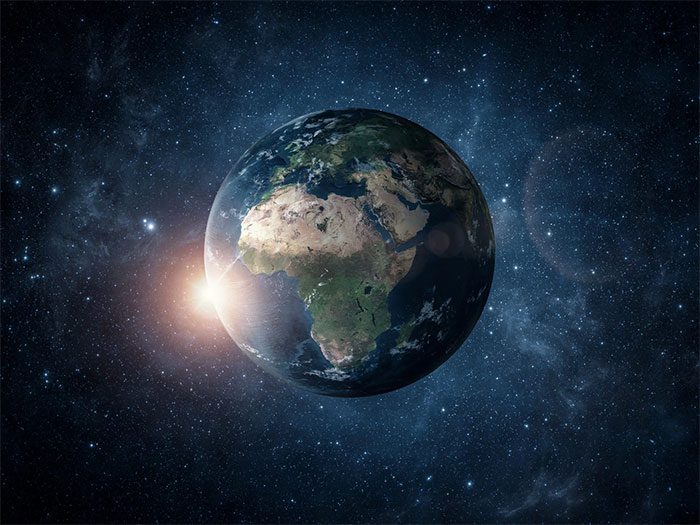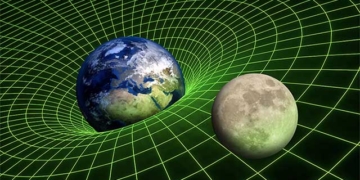After 250,000 years on Earth, we Homo sapiens faced an “attack” from the cosmos.
Approximately 56 million years ago, at the boundary between the Paleocene and Eocene epochs of the Paleogene period, Earth’s temperature rose by 8 degrees Celsius—an event catastrophic enough to disrupt the climate and push humanity to the brink.
The secret behind this devastating change has recently been unveiled through research led by planetary scientist Nathan Kaib at the Planetary Science Institute and Astronomy Physics Sean Raymond (part of the Bordeaux Astrophysical Laboratory in France).

Earth was significantly impacted by the passage of a strange star – (Image: SCITECH DAILY).
According to Science Alert, using simulations based on data from this catastrophic period along with existing astronomical insights, the authors indicate the appearance of a strange star.
It “encountered” the Solar System, including our Earth, during that time.
“Encountered” here does not imply a direct collision between visible objects, but rather a gravitational “encounter” between celestial bodies.
This star passed through the vicinity of the Solar System, close enough for the gravitational interactions between celestial bodies to disrupt the planets.
Evidence for this is found in the geological records of Earth: an orbital eccentricity emerged parallel to this concerning climatic upheaval, according to a publication in The Astrophysical Journal Letters.
By correlating the changes in orbit that our planet has experienced over its 4.5 billion-year “lifetime,” scientists indicate that such a disruption could only be caused by an attacker from space.
This strange star may have approached at a distance of 4,000 to 31,000 astronomical units (AU), which is 4,000 to 31,000 times the distance from Earth to the Sun. While this may seem far to us, for celestial bodies in the universe, these are close enough distances to have an impact.
The study also shows that the probability of a star passing through the Solar System at a distance of 50,000 AU is once in every million years or more; the probability is once in 20 million years for a distance of 10,000 AU.
Earth warmed by 5-8 degrees Celsius depending on the region, which would affect the living organisms on it, including our ancestors.
This also helps explain the sufficiently strong and catastrophic events that could lead to the extinction of other human species, allowing Homo sapiens, with their high adaptability, to dominate the genus Homo today.




















































